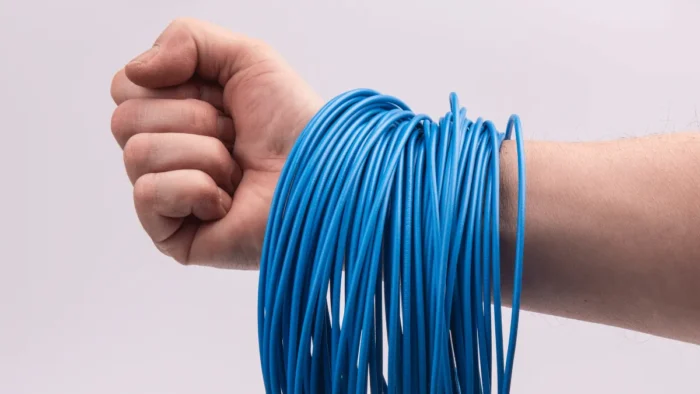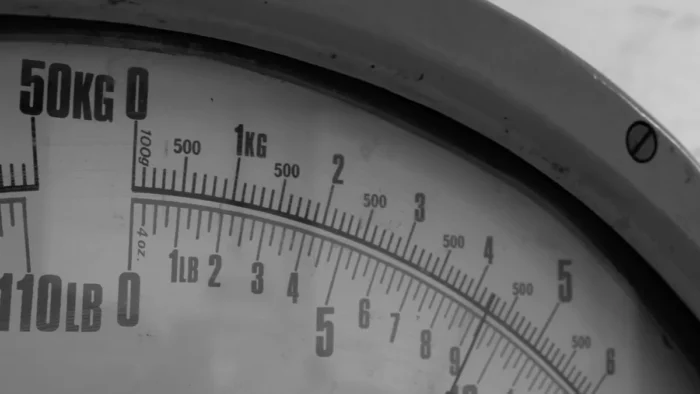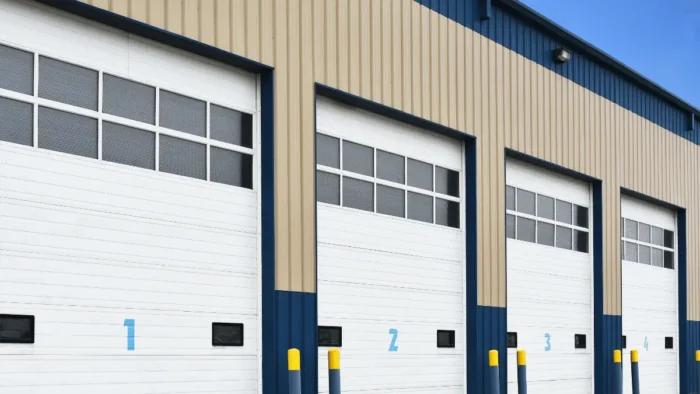Baling wire is an essential tool for anyone working in the agricultural, industrial, and manufacturing industries. It is a versatile tool that can be used to bind, tie, or fasten a variety of materials, including hay, straw, paper, and cardboard.
Balingwiredirect.com offers a wide selection of baling wire types, each of which has its own unique characteristics and uses. And this blog post will provide an overview of the different types of baling wire and the various uses for each type. We will explore the benefits of each type so that you can make an informed decision when choosing the baling wire that is best suited for your specific needs.
Understanding the different types of baling wire and their respective uses will allow you to complete your projects efficiently and effectively.
Galvanized Steel Baling Wire
Galvanized steel baling wire is one of the most popular types of baling wire and is often used for general-purpose bales in the agricultural, industrial, and recycling industries. It is a high-strength, low-cost solution for a variety of applications, including baling hay, straw, cardboard, plastic, and other materials.
Galvanized steel baling wire is made from high-grade steel wire that is galvanized and coated in zinc, making it rust-resistant and durable. It is also available in a variety of gauges, allowing for use in a range of bales and sizes.
Black Annealed Baling Wire
Black annealed baling wire is a type of steel wire that is designed to be used in baling applications. It is a low-carbon wire that has been heat-treated and annealed to achieve a black finish and a soft temper.
It is typically used in automated baling machines to tie off baled materials such as recyclables, cardboard, and paper. Black annealed baling wire is easy to work with and can be cut with common cutting tools, making it a popular choice for both manual and automated baling operations.
PVC Coated
PVC-coated baling wire is becoming increasingly popular due to its versatility and durability. The PVC coating provides enhanced protection against rust, corrosion, and other environmental damage, making it a great choice for storage and baling applications in a variety of conditions.
It is also very pliable and easy to work with, making it one of the most user-friendly types of baling wire available. PVC-coated baling wire is ideal for applications where a wire needs to resist extreme temperatures, moisture, and other harsh conditions.
Soft Annealed Baling Wire
This type of wire has a low tensile strength, making it more malleable and easier to work with than other types of baling wire. It is often used in manual applications, such as tying baling twine to bales of hay and straw. Soft annealed wire is also used in other applications, such as tying posts together and forming hooks. Soft annealed wire is ideal for when a tight, secure hold is not necessary.
High Tensile Baling Wire
High tensile baling wire is one of the most common types of baling wire used in industrial applications. It is made of high-grade steel, which is then cold-drawn to increase its strength and durability. This type of baling wire is designed to handle heavier loads and provide maximum strength and support.
It is commonly used to tie large and dense materials, such as hay, straw, and cotton. High tensile baling wire is resistant to corrosion and rust, making it ideal for long-term use.
Related:
Conclusion
Baling wire is a versatile and strong material for binding and holding together different materials. It is important to know the different types of baling wire and their uses in order to effectively use it for various applications. While it is a strong material, it is also flexible and can be used in a variety of ways. With the right type of baling wire and its correct application, a wide range of materials can be bound and secured together.



